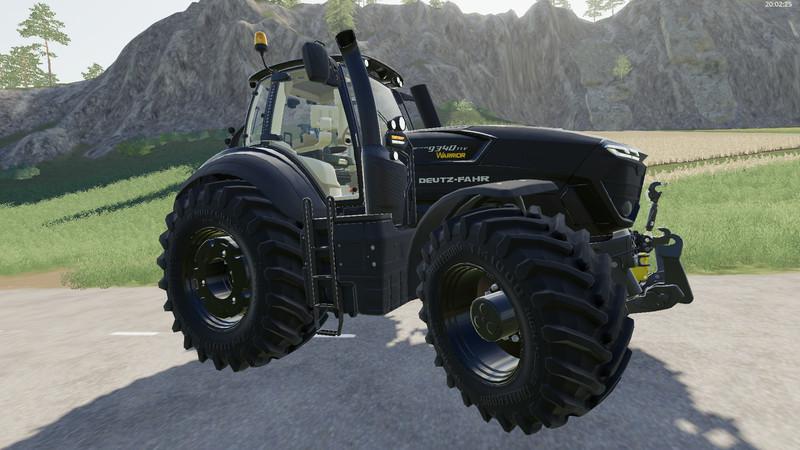

And the last block on each layer line seems to light up when your cursor is over an area of the terrain that uses that layer. Is that solid color just for this visualization, or should I be paying more close attention to what color I assign to each layer? Then there's the thumbnail and texture name - all good. Now, each layer has a checkbox, which seems to toggle displaying a solid color (defined right next to the checkbox) or the actual texture. The fifth layer button is for deleting a layer - no problem there. If I save, exit, restart and reload I can then add layers again, so there's no rhyme or reason to why it sometimes stops working. This has happened when I just have 3 layers total, so I doubt it was hitting the limit (what is the limit on number of layers, by the way?). Sometimes this works, and sometimes it's greyed out and I can't add any more layers. The next (4th) button is apparently for adding layers. Is that what is supposed to happen? So merging just merges the painted areas, but not the textures themselves? But the remaining layer is one of the 3 that was already there (not sure how it picks which of the original set to keep) and the look of what was painted changed because the actual texture used in 2 our of the 3 layers is completely lost, replaced by the texture of the single remaining layer. If I try to merge 3 layers, for example, afterwards 2 of them disappear, which is expected. The third button is for merging layers, and this is one that I do not really understand. Guess there's no in-between when it comes to erasing - it's all or nothing. The second is an eraser that blows away all painted texture layers in a square chunk. The first looks like a lock, but pressing it seems to have no effect. Chunks - I see the flat square move along the terrain but don't really know if that's a bit of information I need to keep in mind for anything.

Brush size, feather, strength, and layer counts, all ok. Going top to bottom, this is what I have figured out and what I still have questions on:Įdit modes - only "exclusive" available for now so no questions there.
#TTV TEXTURES CODE#
From April 3 – May 3 you may use the code VINTAGE to pick up one or all of these textures with a 10% discount.I have looked but haven't found any good tutorial explaining the texture tile tool. There are currently 3 TtV texture sets in the Etsy Shop with a plan to add more in the future. Created with DP-Argus 75-5 Texture Created with DP-Duaflex 1-6 Texture Created with DP-Duaflex 2-5 texture Since these are transparent PNG images they are best applied in Normal, Hard Light, or Multiply Mode.įlatten and save and you have yourself a vintage-style image.

Transform the selection as needed to cover the entire image. I just drag and drop the border/texture I want to use onto the photograph I’ve edited in Photoshop.
#TTV TEXTURES FREE#
Unfortunately, it is no longer free so now I just use different actions and presets I’ve collected over the years.
#TTV TEXTURES PRO#
My favorite cross-processing actions were achieved in Color Efex Pro when it was a free resource. Like most digital editing techniques, it replicates a process used developing film. A cross-processing action will create interesting color shifts and increased contrast. Use either a cross-processing action or preset or convert to black and white. Step Two: Crop and EditĬrop the image as a square. If you don’t have a Lensbaby, use a regular lens on a wide aperture. To reproduce the softness in the TtV photographs I use one of the Lensbaby lenses. The border around the image also changes depending on the viewfinder camera. Notice the softness around the edges of these photographs that were taken with the TtV technique. I’ve used my viewfinder cameras to create overlays to use in Photoshop that help me create this technique. So, I often take a shortcut and create a TtV-type image in photoshop. Although it’s a fun technique, it honestly hurts my back to do it for very long. I have 11 viewfinder cameras that I use with a 100mm macro lens when using this technique. Through the Viewfinder (TtV) photography is a technique in which a photograph is shot with one camera through the viewfinder of a second camera. One way to achieve this is through a photography technique called “Through the Viewfinder.” I love the look of vintage photographs and enjoy creating images with a vintage look in my photography. Using Overlays to Create a Vintage Look TtV Textures


 0 kommentar(er)
0 kommentar(er)
